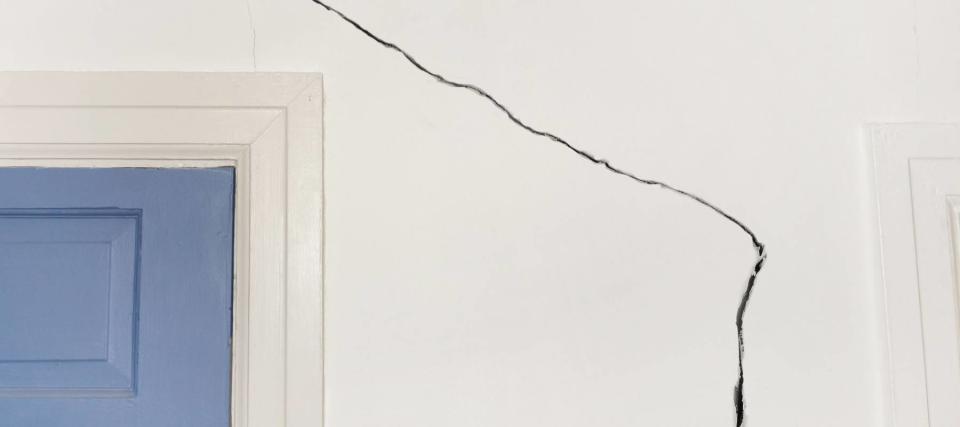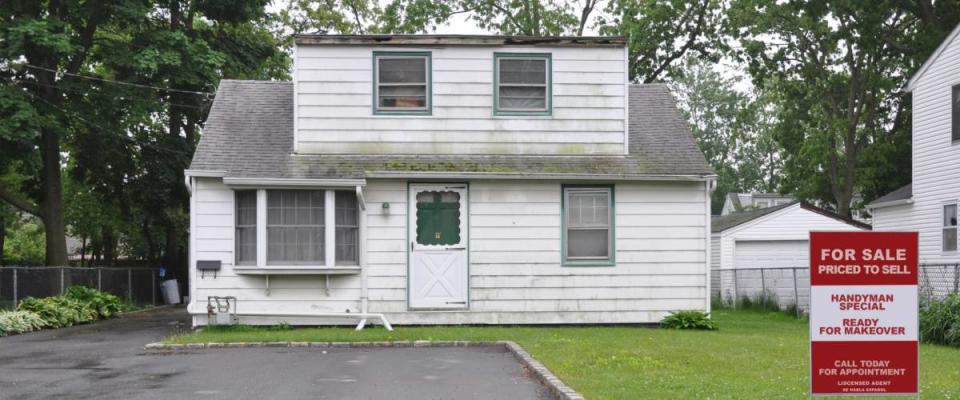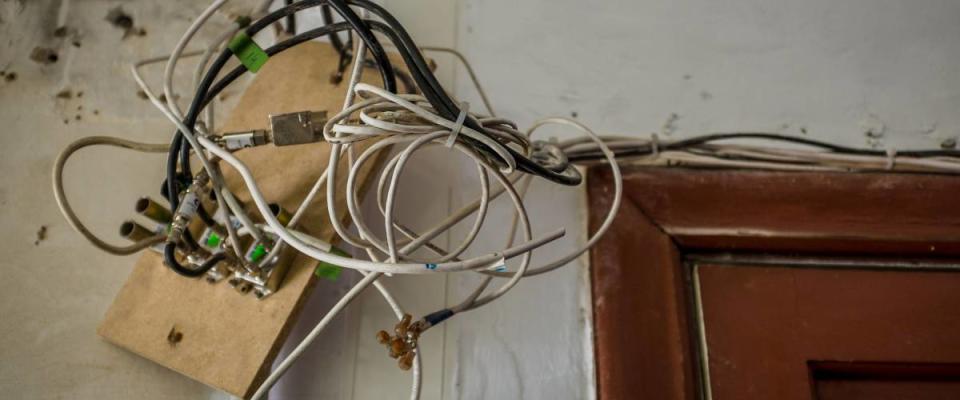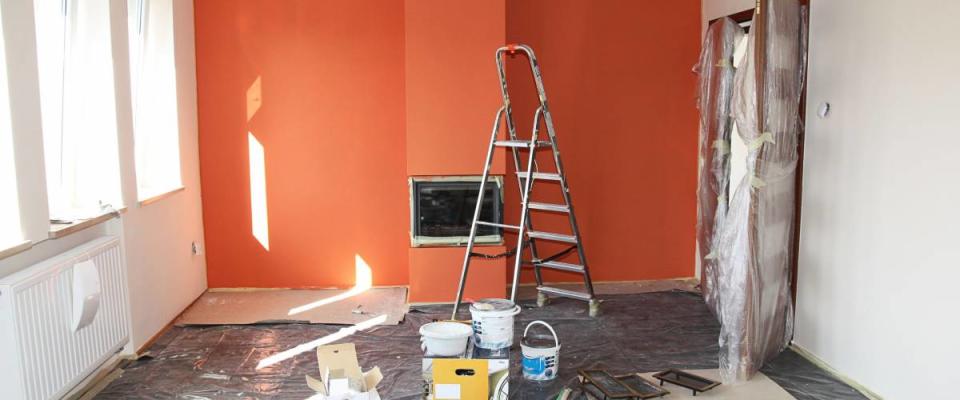Want to Try House Flipping? Don't Make These Rookie Mistakes

House flipping is back, and in a very big way. Home flips were at an all-time high during the first three months of 2019, representing 7.2% of all home sales, according to ATTOM Data Solutions.
But while there's more flipping going on, there's less money to be made doing it. The average return on investment from a flip is the lowest in nearly eight years, ATTOM says.
Shows like Flip or Flop can temp you to go shopping for a fixer-upper so you can give flipping a try. But it's a lot harder than it looks on reality TV.
Avoid these 10 first-timer mistakes that often lead to house-flipping disasters.
1. Buying before you budget

Flippers too often pounce on a fixer-upper without knowing their budgets.
You must know going in what you’ll walk away with before purchasing a home to flip. To do this accurately however requires three steps:
Estimate your total repair and renovation expenses, including equipment and labor. Seasoned flippers then add an additional 10-15% to this total for the unexpected.
Estimate the after-repair value, or ARV, that the home will sell for once your renovation is complete.
Apply the "70% rule" to calculate the maximum you should spend for the home. To do this, multiply your ARV by 0.7, then subtract your total reno costs.
2. Failing to consult a local Realtor

A Realtor will be glad to take your call!
Because you’re understandably focused on a home’s reno details, you may overlook the subtle but important property details available from a Realtor.
Find a good agent (if they haven’t already found you) and seek their counsel on your planned renovations and expected return, as well as other neighborhood factors that could affect your profit.
3. 'Home inspection? Who needs a one?'

You do, rookie. It may not be cheap, but a once-over by a knowledgeable home inspector can prove priceless should the inspection uncover hidden home problems such as mold, crazy wiring or a cracked foundation.
In order to bring an inspector into the mix, you'll first have to place an offer on a home.
If the inspection turns up expensive flaws, you'll have the option to require the seller to fix them, negotiate a better price or back out of the deal.
4. The downside of DIY

Are you sure you want to do it yourself?
Let’s face it, we all do some things better than others. The problem with first-time flippers is, they often don’t know when to override that DIY impulse and bring in subcontractors to handle the portions of a remodel that exceed their skill set.
Justin Pierce, an ex-Marine turned flipper and president of Snow Goose Homes in Woodbridge, Virginia, says DIY left unchecked can result in a flip being DOA.
“I sometimes will be contacted about taking over a project because the investor has a bad flipper," he says. "It’s basically, ‘Will you take over this project and 'unscrew' it?’”
5. Puttin’ on the Ritz

Be careful not to get too fancy shmancy.
A well-turned flip doesn’t call attention to itself, but instead integrates seamlessly into the look and feel of the home’s décor while upgrading its appearance and functionality.
Although buyers do place priority on certain rooms, primarily kitchens and baths, it’s important to avoid overly tricking out any rooms for fear of triggering suspicion, about what the bling may be hiding and the lack of flash in the rest of the house.
Buyers favor a cohesive, well-maintained look that feels like home. Want more MoneyWise? Sign up for our email newsletter.
6. Overlooking obvious flaws

Don't ignore the house's bad wiring or other obvious issues.
One of the subtle challenges of renovation is the tendency to overlook the unobtrusive or inexpensive improvements that could both help sell the home and enhance the experience of living there.
While the former owners may have long ago learned to live with such nuisances as misaligned doorknobs and locks, uneven flooring and bewildering electrical wiring, those issues can collectively trigger suspicion and undermine your flip.
7. Paying contractors in advance

Whatever you don't, don't give him the money upfront.
Once you close on the house you’re about to renovate and flip, time is money. One of the best ways to fall off schedule is to pay contractors in advance.
Why? Because they will always, always, always have another gig to finish before they show up to address yours.
If it comes down to deal or no deal, offer instead to pay them in installments — giving them the incentive to make your flip a priority. Oh, and while you’re at it? Check to make sure they’re licensed and insured.
8. Failing to pull building permits

Trust us: You'll need this.
Building permit requirements can vary widely by city, county and state.
Failure to pull the appropriate ones to complete your reno can not only slow your progress but cause resale problems when it comes time to flip.
“It’s easy to check to see if they pulled permits most everywhere,” says Pierce. “That doesn’t mean it was quality work, but at least they took the effort to pull permits.”
9. Listing the place prematurely

Don't even think about having an open house until the home is ready.
If your renovation lags behind your timeline, you may be tempted to list the place for sale before work is completed.
If you’re really under the gun, you may even convince yourself that house hunters willing to tiptoe around the debris will surely be able to envision it completed.
Trust me, they won’t. Buyers want a completed picture, not a work in progress. You also run the risk that unsettling images of new replacing old will overshadow the improvements you’ve made.
For the best outcome, resist the urge to list until the flip is move-in ready.
10. Packing up without building your team

Don't be so quick to say goodbye to your team. You may need them for the next flip.
The longer you flip, the more you’ll appreciate your contractors and other assorted helpers — those caring, talented souls who helped transform ordinary into extraordinary.
Use whatever incentives you have, including a couple C-notes in a parting handshake, to show you value them and want them to join your inner circle on future flips.
Subscribe now to our free weekly newsletter. Don’t miss out!

 Yahoo Finance
Yahoo Finance 